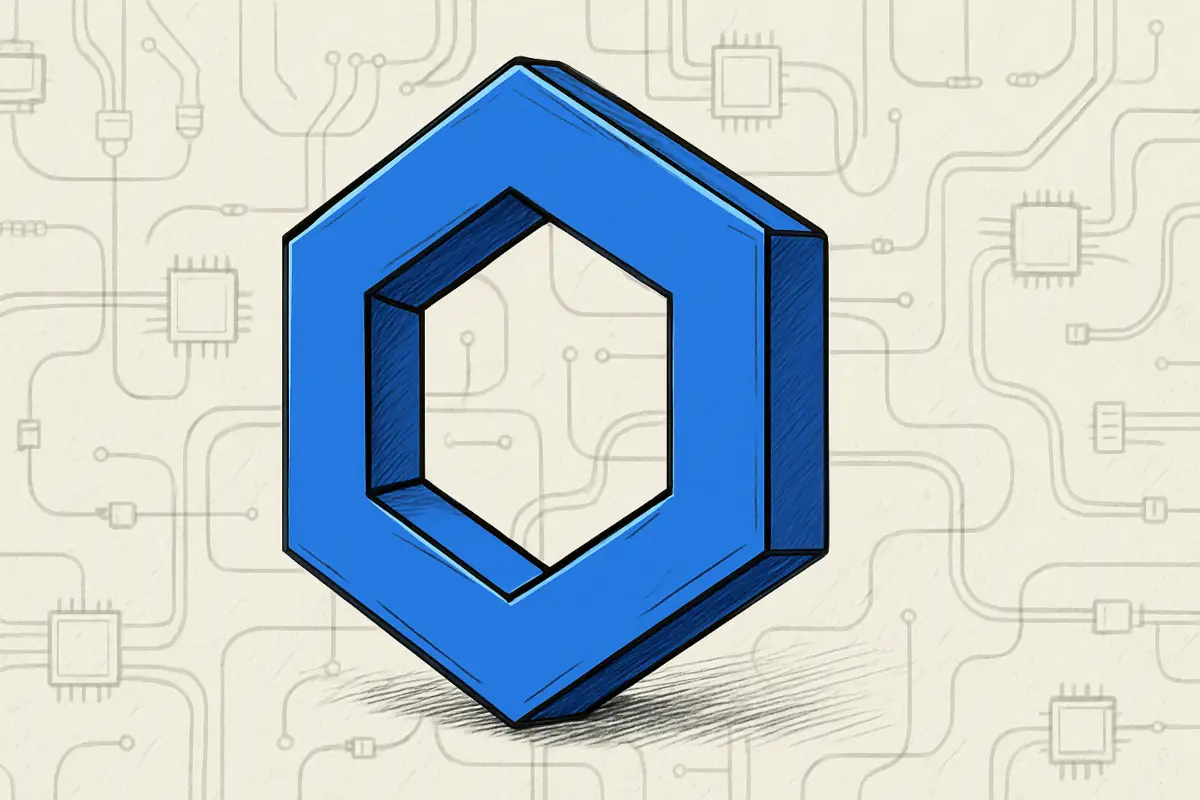On May 29, 2025, a Chainlink oracle feed on Avalanche reported an unexpected deUSD price of $1.03, leading to more than $500,000 in liquidations on the Euler Finance lending protocol. The data update affected users holding deUSD-denominated debt, with one user in particular losing $532,000 in just three minutes.
The affected asset, deUSD, is issued by Elixir and is typically pegged to the U.S. dollar. Chainlink’s data feed used a volume-weighted average price (VWAP) mechanism, which aggregates trade data across multiple liquidity venues. In this case, a large trade executed by an MEV bot on the deUSD/USDT Curve pool pushed the token’s price above $1.00. That trade represented approximately 50% of the asset’s daily volume, heavily influencing the final price reflected by the oracle.
Table of Contents
Industry Reactions and Disagreements
The event reignited debate around oracle design and risk management in decentralized finance (DeFi). Omer Goldberg, founder of Chaos Labs, was among the first to raise concerns publicly. He questioned the appropriateness of using VWAP in low-liquidity markets and highlighted a 25-minute delay between the market event and the oracle update. Goldberg also suggested that the pricing methodology might rely too heavily on external APIs like CoinGecko.
Goldberg stated: “If the oracle is just spitting out pool prices from a thin Curve market, why use it at all?” He proposed alternatives such as price caps or methodologies that filter outliers more aggressively.
In response, Chainlink’s Community Liaison Zach Rynes, known online as “ChainLink God,” defended the oracle’s design. He explained that the deUSD feed accurately captured the VWAP across on-chain markets and reflected real market activity. According to Rynes, the Curve pool where the MEV trade occurred accounted for the majority of deUSD trading volume that day. He emphasized that Chainlink’s role is to deliver requested data in a standardized format, and that protocol developers are responsible for handling risk checks or setting safeguards.
Chainlink had marked the deUSD feed as “High Market Risk” due to its low liquidity and high volatility, which Rynes said was intended to inform integrators of the potential for unpredictable pricing.
Read also: FDUSD Stablecoin Depegs Following Justin Sun’s Solvency Warning
Responsibility and Protocol Design
The conversation around accountability extended beyond Chainlink. Marc Zeller of the Aave Chan Initiative commented that the issue was less about the oracle itself and more about protocol-level risk management. According to Zeller, protocols that accept volatile or thinly traded assets as collateral may underestimate the risks involved, especially when leverage is allowed.
The broader industry reaction remained divided. Some echoed Goldberg’s criticism, arguing that the current oracle design leaves room for manipulation in low-liquidity markets. Others agreed with Chainlink’s defense, citing the need for integrators to apply their own controls when using oracle feeds flagged as high risk.
Market Impact
Following the incident, Chainlink’s native token, LINK, dropped by over 8%. While the timing coincided with the oracle update issue, the broader crypto market was also in decline, making it difficult to attribute the drop solely to the event.

Over the past month, LINK remains up by roughly 2%, though it is still down more than 20% year-over-year and trades over 70% below its all-time high.
What’s Next?
This event has brought attention to the role and design of oracles in DeFi. While Chainlink remains the largest oracle provider in the industry, securing tens of billions of dollars across more than 20 blockchains, the incident has exposed a point of friction between data accuracy and usability in real-time financial systems.
Read also: No, Coinbase Is Not Delisting RENDER




